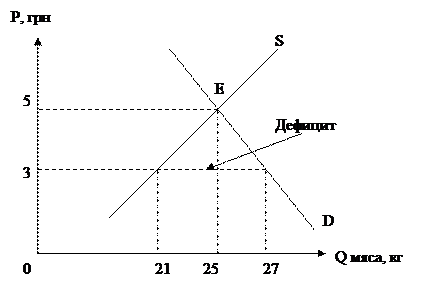Pioneers in the field of DA (Labov, Grice, Sinclair)
These scholars set out a number of questions which DA had & has to answer. 1. What is the basic unit of interaction? How can it be characterized & labeled? 2. What are communicative functions of discourse units? How many functions are there? 3. How are these functions realized lexico-gramatically? 4. What structures do the basic units combine to form? 5. What are the relations between the discourse & the speakers & the hearers? Up to the late 60s there were very few books on DA. It took some time & effort to understand that discourse cannot be described in terms of formal grammatical units, discourse is different because it presupposes on-line processing of a verbally presented message as a constituent part of a speech event. Up to the 70s all linguistic units were described as arranged on a rank scale. That is small units combine to form larger ones. Phoneme – morpheme – word – phrase – sentence – paragraph. On the level of the paragraph this approach cannot be applied, because though there are cohesive links between sentences a paragraph depends on content & stylistic decisions, not grammatical ones. In a conversation there are no grammatical constraints on the choice of answer. That is why Sinclair proposed the term discourse as a new level with its own rank scale of units & its own type of relations among these units. Text (product)/discourse (process) is the largest unit of verbal communication.
Differences between text & discourse Text can defined in different ways: It’s any utterance which consists of one or more sentences & which is complete in terms of meaning ….. (Moskalskaya) Text is a written result of some creative process which consists of a title & a number of paragraphs united by all kinds of lexical, grammatical, logical & stylistic links. (Galperin) It is a more or less complete fragment of verbal interaction which is structured according to certain rules & which manifests the cognitive, psychological & social aspects of communication… it has a structure & gives information. (Kolshansky) It is a means of transmitting & getting information which is presented by the speaker in some form providing for its adequate understanding. (Cognitive linguists) Linguistic features of text – the product of the process of discourse 1. Cohesion: the elements of the text are tied together (lexical cohesion: repetition of words, use of sense relations, use of words belonging to the same semantic fields, etc. grammatical cohesion: conjunctions, grammatical substitution (one, do), co-reference (pronouns)) T.A. Van Dijk: discourse is coherent when it has a topic, when its sentences are sequentially coherent, & when the addressee is able to imagine a situation in/for which the text could be true or when it has a mental model. Discourse is coherent when we can single out some functional relations between the sentences. E.g. sentence B can be a generalization, specification, example, consequence, presupposition of sentence A. 2. Informative: factual information (information about facts & events), conceptual information (information about the author’s attitude to these events) & implied information (Galperin). Implications are inferred from the meaning of actually expressed words, phrases, sentences. They can be also our assumptions about the intentions of the speaker/writer. (Van Dijk). 3. Continuous (the sequence of facts & events occurs in time & space) 4. Complete (the speaker’s intention is fulfilled) Types of links which connect all parts & elements of the text: topic – comment relations, thematic nets.
|




